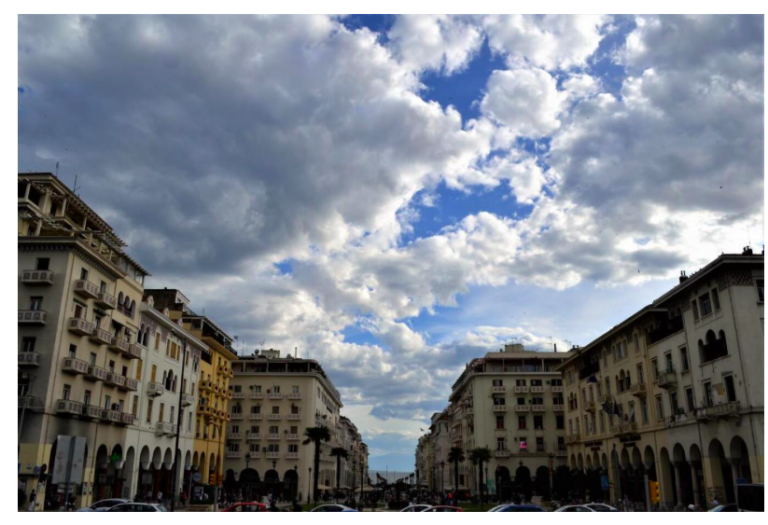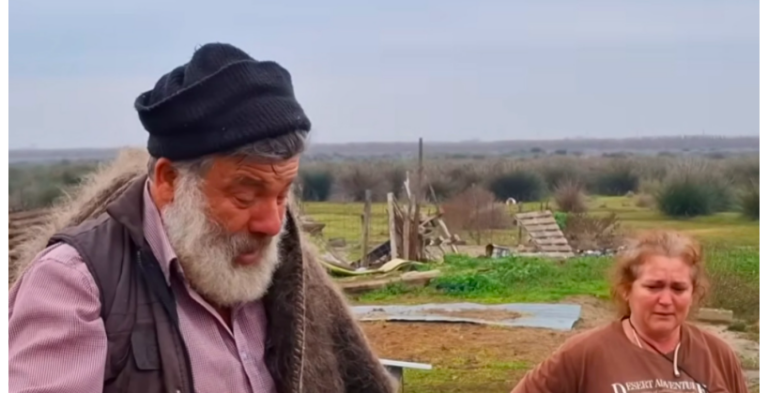Not too long ago, some Greek compatriots of ours living in Stockholm called to enthusiastically share with me that they would be traveling to Athens in a few days, together with their children, so that the latter could see the heralded ancient city for the first time, and visit the new – and truly impressive – Acropolis Museum.
I congratulated them on this initiative and suggested that they also visit the Byzantine Museum. They immediately objected, saying that this museum didn’t relate to them and that it was only for the “religious people.” They added that they didn’t attend church much and didn’t want to impose a religion on their children until they reached adulthood.
Even though I was rather surprised by their answer, I considered it my duty to remind them that the history of the Greek people is not limited only to classical Greek civilization, but also includes the eleven centuries of Byzantium, while the Parthenon walks hand in hand with the Hagia Sophia in their journey throughout the centuries. These two monuments, and by extension the periods they represent, could be considered “parallel lives;” to borrow a term coined by Plutarch.
I also told them that aside from their personal views regarding religion, they would be doing a disservice to their children if they didn’t teach them our centuries-old history – not just excerpts of it that they would pick and choose, considering that it is taught throughout the entire world, with Greek studies chairs located at the largest universities across the globe.
I spoke about this telephone conversation with the congregation at the St. George Cathedral in Stockholm during last week’s Saturday of Souls, discussing how important it is for us to be aware of the historical origins of our holy services and rites, like the sacred memorial services and trisagion services that we hold in our churches throughout the year, and especially on the Souls Saturdays in our liturgical calendar.
Perhaps some people might think that the sacred memorial services were first established during the Apostolic era or early Christian times, since the “Apostolic Teachings” speak of memorial services for “three days,” “nine days,” “forty days,” and “one year.” However, according to historians, memorial services are a tradition that dates much further back into antiquity.
The ancient Greeks believed that through prayers and sacrifices, they could placate the gods and achieve the forgiveness of their loved one’s sins, as is characteristically noted in the Iliad. In Plato’s Republic, we read that during the classical era, some priests contended that they possessed power from the gods to forgive the sins of the “living and dead” by performing the necessary rites and sacrifices for each instance.
The first three-day memorial service following the death of a person used to be held on behalf of the deceased and in honor of Apollo. It was followed by a nine-day memorial service, while the final one, held on the 30th day (akin to our forty-day memorial today) was performed in honor of Hermes.
During the memorial services or “nekysia,” a meal in honor of the deceased called a “makaronia” [mak-aroh-nee-a] would be offered, where a type of oval shaped wheat pita called a “makaria” was distributed so that those gathered could “beatify” the deceased and bid him well.
Later, this “makaria” was covered in honey and called “melo-makaria,” to enhance its taste and serve as a “sweet offering” to the gods of the underworld to secure their favor.
During the Byzantine era, this honey glazed pita was discontinued from the funeral rituals and instead became associated with the Holy Dodecaimeron (the twelve days encompassing Christ’s Nativity, St. Basil’s Day, and Theophany), renamed from “melo-makaronia” to “melomakarono.” In the West, it was renamed from “maccarone” to “macaroon.”
I conclude my thoughts with a brief but very important reference to the teaching of St. Nectarios of Pentapolis on the importance of conducting sacred memorial services, which is included in his study On the Immortality of the Soul and Sacred Memorial Services. This righteous father among the saints teaches us that we must conduct sacred memorial services regularly, during which we must pray for the repose of our departed loved ones, as well as for the forgiveness of their sins, considering that some sins can still be forgiven since the Final Judgement – our Lord’s Second Coming – has not yet occurred.
Therefore, prayer is the best mode of communication with our brethren who have fallen asleep. Moreover, through our prayers, we offer them the chance for remission of their sins. Prayer serves as an expression of love, gratitude, and respect for our fathers and brethren who have fallen asleep in the Lord “in everlasting remembrance!”
Ask me anything
Explore related questions





